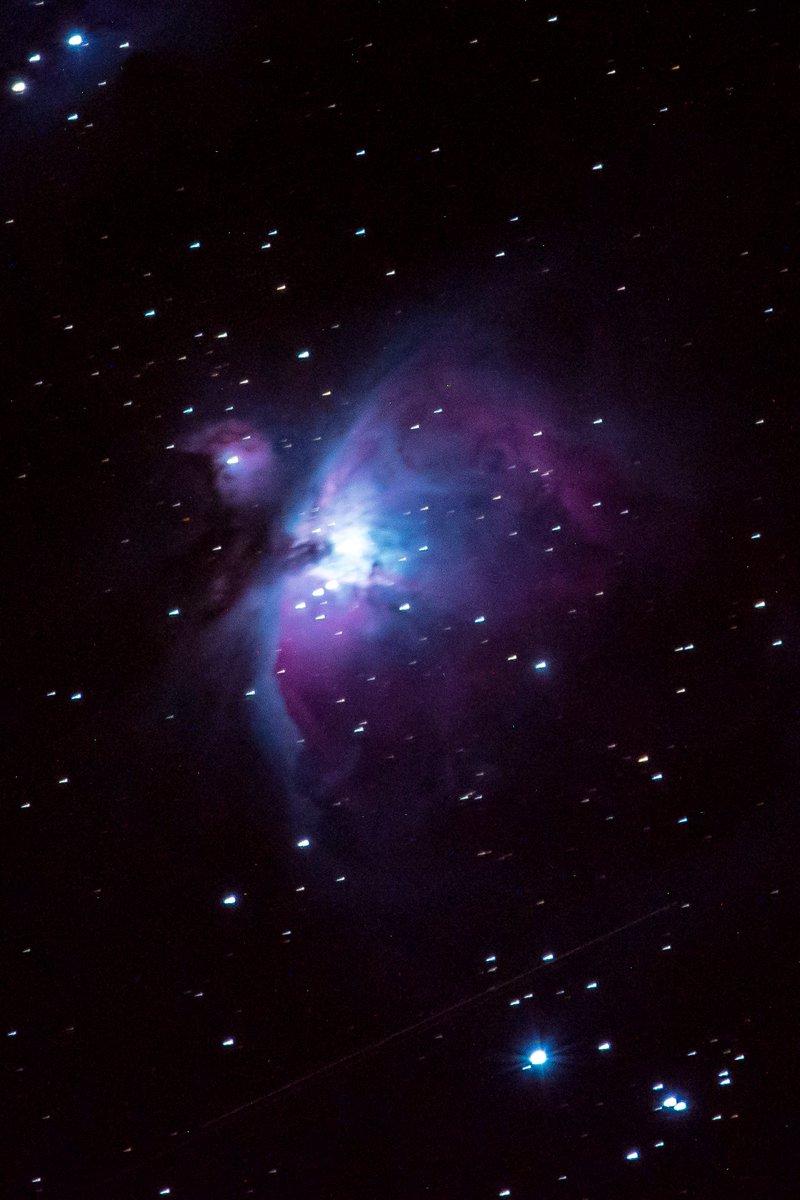Seven New Planets Discovered
Recent scientific discoveries reveal new possibilities in deep space.
The Milky Way observed from Earth.
To infinity and beyond… Well, maybe not as beyond as previously imagined. According to a recent discovery by NASA, seven Earth-like planets residing in a solar system nearby have now been found. It is bizarre to think that multiple planets could potentially harbor other complex organic life forms, and be so close on a cosmic scale, after decades upon decades of scouring the skies for planets similar to our own.
“How close is nearby in terms of space distance?” is what you may be asking. The distance from earth to

the solar system in which these planets move in a perpetual motion is about forty light years away. On a scale as vast as space, this is very close. It takes light forty years to travel from the given point, through the vacuum of space, and into the lens of a telescope (Light travels at a rate of 186,282 miles per second or 299,792 kilometers per second). In comparison, the next closest galaxy to our own, the Andromeda Galaxy, is a whopping 2.537 million light years away from Earth. This just puts into perspective the massive distances spatial entities are located from us Earthlings. Often times we tend to think that traveling 20 miles is excessive, but when you reflect on the information above, a 20 mile venture to work, school, or a store seems like a cake walk.
Now that the question of how far has been answered, we need to know how to differentiate between planets and non-planets. The International Astronomical Union established that in order to be a planet, a celestial body must meet three criteria: it is in orbit around a sun, it must weigh enough to obtain a nearly round shape, and the area around its orbit must be clear of space debris. The seven newly discovered planets all met those criteria and are now cataloged. What makes this even better is that the planets are close enough to be thoroughly studied by scientists.

The Milky Way observed from Earth.
The discovery of these planets excite both scien-
tists and common folk alike and will generate more attention on examining these celestial bodies. Further investigation may conclude that water and oxygen may be present and can sustain life. The planets are located in the “Goldilocks Zone”, not too hot and not too cold, just right. In this zone, conditions ma
y be right to support various forms of organisms. At some time in 2018, NASA will launch a new telescope into orbit called the James Webb Telescope. This cutting-edge, state of the art telescope will be able to provide more insight on the planets’ terrain and features. The ultimate question is whether or not these planets yield extraterrestrial life. If they do, it could be thought provoking as to how to approach new beings. Do we direct radio broadcast signals in the direction of the solar system and hope intelligent life can decipher the messages? Or possibly wait until rocket propulsion technology has increased to coordinate manned missions? Either way, it will be a daunting task to explore these planets, let alone prove these beings exist. If they don’t, then we are still alone in the entirety of the universe.



